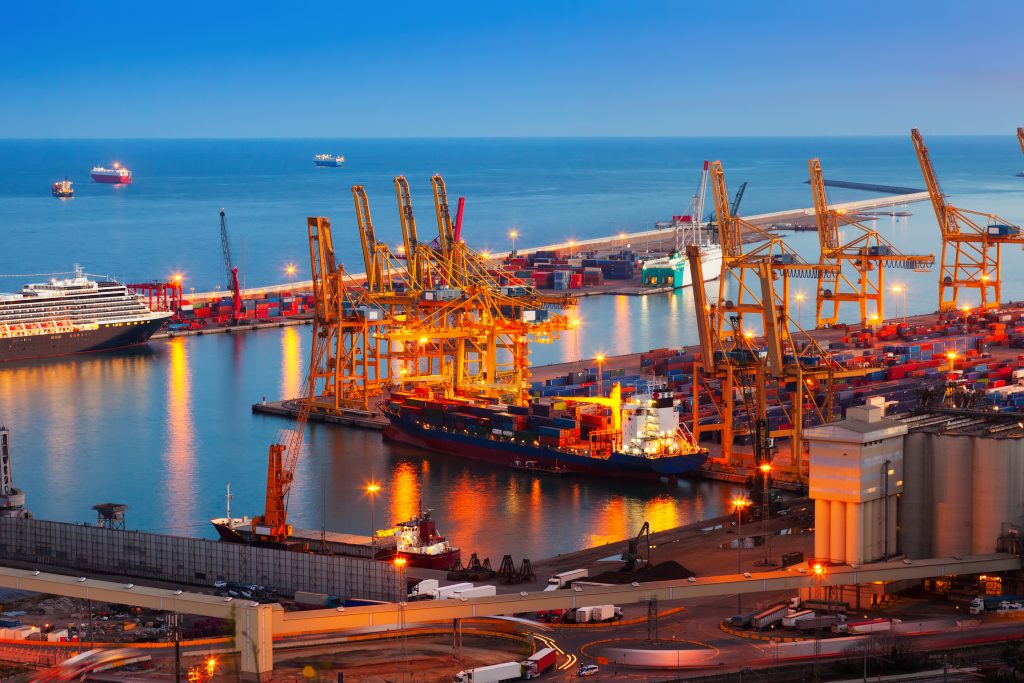April 2025 brought a tidal wave of trade policy updates that are shaking up the U.S. import landscape. The Trump administration, under the International Economic Emergency Powers Act (IEEPA), announced new executive orders introducing universal tariffs, country-specific reciprocal tariffs, and critical changes to de minimis rules—all of which have far-reaching implications for global shippers, importers, and e-commerce companies.
Clearit Customs has broken down these updates so you can clearly understand what’s changing, when the changes go into effect, and what steps you may need to take to avoid unexpected costs or compliance issues.
Key Takeaways at a Glance
- New 10% IEEPA Universal Tariff on most imports starting April 5, 2025
- New 20%–49 % Reciprocal Tariffs for targeted countries beginning April 9, 2025
- End of Section 321 (de minimis) treatment for China and Hong Kong on May 2, 2025
- New and expanded Section 232 tariffs on autos, auto parts, and aluminum
- Select exemptions from the new tariffs.
- Tariff stacking on Chinese imports could now exceed 60%
What’s Changing: A Breakdown of the New Tariff Rules
Universal 10% IEEPA Tariff
Starting April 5, 2025 at 12:01 am ET, all imports entering the United States—unless explicitly exempted—will be subject to a 10% IEEPA universal tariff.
Exemptions include:
- Goods in transit before April 5, 2025 at 12:01 am ET
- Personal-use items, humanitarian goods, and informational materials
- Goods already subject to Section 232 tariffs (steel, aluminum, autos, and auto parts)
- Specified products such as pharmaceuticals, semiconductors, critical minerals, lumber, and energy products
- Goods from countries subject to Column 2 rates (Cuba, Russia, North Korea, Belarus)
- Goods from Canada and Mexico—limited to USMCA-qualifying products if border provisions change
Reciprocal Tariffs: 20% to 49%
Effective April 9, 2025 at 12:01 am ET, imports from certain specified countries will face reciprocal tariffs between 20% and 49%. These tariffs will replace the 10% universal tariff for affected nations.
Note: Goods in transit before April 9 are exempt.
A list of impacted countries is expected soon. Importers from high-duty or protected markets should be especially vigilant.
De Minimis Elimination for China & Hong Kong
Effective May 2, 2025, imports from China and Hong Kong will no longer qualify for Section 321 (de minimis) treatment. This means small shipments under $800 will now require formal entry and be subject to all applicable duties.
This is a major shift for e-commerce sellers and drop shippers who rely on low-value, high-volume shipments from Chinese suppliers.
Section 232 Updates: Autos and Auto Parts
- Autos: A 25% tariff will apply to certain passenger vehicles and light trucks effective April 3, 2025
- Auto Parts: Engines, powertrains, and key electronic parts will also be hit with a 25% tariff starting May 3, 2025
These measures signal a broader effort to protect domestic automotive manufacturing.
Aluminum Tariff Expansion
On April 4, 2025, the Bureau of Industry and Security (BIS) will expand the 25% aluminum derivatives tariffs to include:
- Beer (HTS 2203.00.00)
- Empty aluminum cans (HTS 7612.90.10)
Importers in the food and beverage industry should prepare for increased costs.
Foreign Trade Zones (FTZs)
Goods admitted into FTZs after April 9, 2025 must be in privileged foreign status to avoid IEEPA tariffs. Items in domestic status are exempt.
Possibility of Future Tariff Adjustments
The new tariff framework allows for flexibility:
- If trading partners retaliate, tariffs may increase
- If reciprocal market access is achieved, tariffs may decrease.
Importers should keep a close watch on policy shifts in the months ahead.
Duty Drawback: Still Unclear
As of now, there is no indication that duty drawback will be disallowed under the new IEEPA tariffs. However, official guidance has not yet been published.
Tariff Summary for Chinese Imports
Imports from China are now subject to multiple layers of duties, dramatically increasing landed costs:
- Base Duty: Column 1 HTS rate
- Section 301 Duties: Still active, ranging from 7.5% to 25%
- “Fentanyl Tariffs” Part 1: 10% (effective February 4, 2025)
- “Fentanyl Tariffs” Part 2: 10% (effective March 4, 2025)
- New 10% Universal Tariff: Effective April 5, 2025
- New 34% Reciprocal Tariff: Effective April 9, 2025 (replacing universal tariff for China)
In total, many products imported from China could now face combined tariffs exceeding 60%.
Final Thoughts: Navigating the Changes
These sweeping changes mean that importers must adapt quickly to the new tariff environment. Whether you’re an e-commerce business, a global logistics provider, or a compliance manager, understanding these rules is essential for mitigating cost increases and avoiding customs headaches.
Clearit Customs is here to help. Our customs brokers can assist with tariff classification, de minimis strategy, duty drawback review, and navigating the ever-changing regulatory landscape.
Need help understanding how the IEEPA tariffs impact your business? Contact Clearit today.






